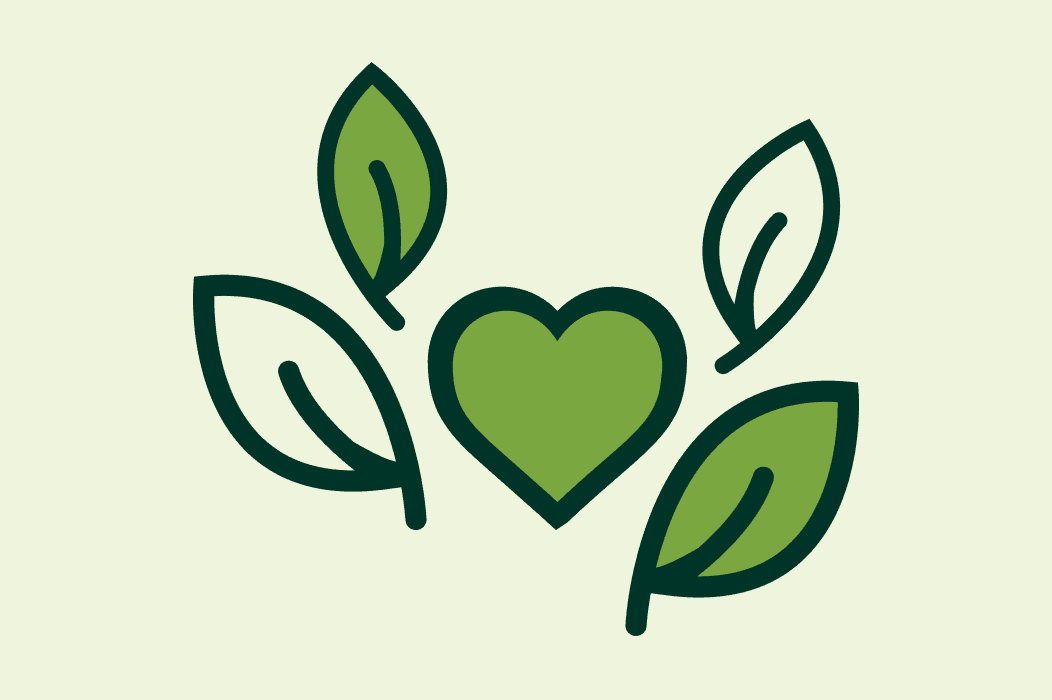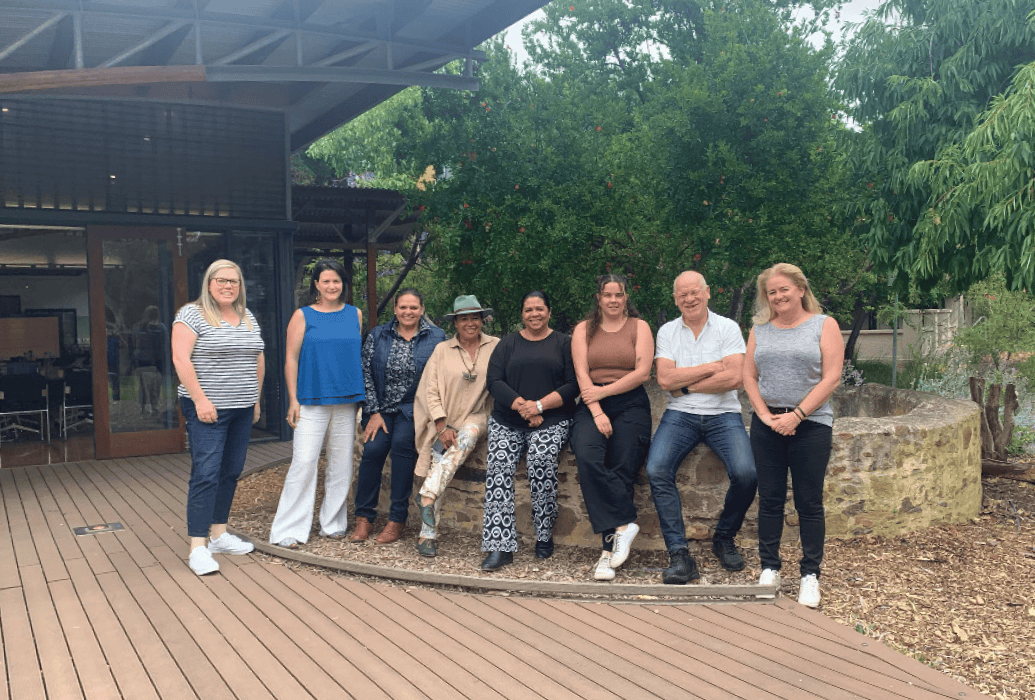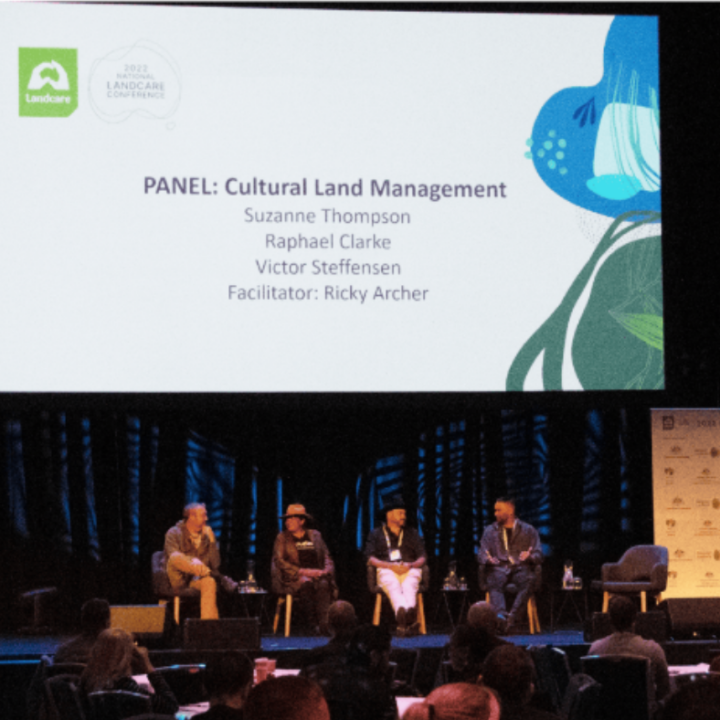First Nations Resources and Guidelines to help Landcarers
Landcare Australia has curated Cultural land management resources to assist individuals, groups and organisations involved in landcare activities strengthen connections with Traditional Owners and First Nations Peoples.
The resources and guidelines have been developed by First Nations consultants for Landcare Australia to be made available as a free resource for landcarers. There are also some fantastic resources developed by landcare, government and First Nations organisations, and we encourage you to please seek them out if you are looking for more information.
If you would like to provide feedback or contact us for more information, please email us at [email protected].

Read more about the First Nations and Landcare Projects we are supporting with our partners.

The First Nations Landcare Working Group are an advisory group to the Landcare Australia board. Read more about this Group and their work to support landcarers.

National Landcare Conference Videos Produced by Landcare Australia
One of the most memorable and inspiring aspects of the 2022 National Landcare Conference was the strong presence and participation from Traditional Owners and First Nations people as speakers and delegates. The 2021 National Landcare Conference was hosted online due to COVID-19, however there were First Nations speakers and delegates participating in the event.
Landcare Australia worked with the First Nations speakers to create video content for the National Landcare Conferences to create awareness and an understanding of First Nations perspectives, they key messages in the videos continue to be warmly received.
Please refer to the below content for speaker presentations and videos from the National Landcare Conferences.
Fire and Water, Healing Country and People - video produced by Landcare Australia
This film is an important legacy from the 2021 National Landcare Conference. Following Victor Steffensen and Barry Hunter allows us to see through the eyes of Indigenous land managers why actively managing Country is important for people and for Country. The film reminds us all as landcarers, that there are many ways of looking at Country and that Country will be healthier if we work in partnership and trust together.
Understanding Country Through Indigenous Knowledge - video produced by Landcare Australia
This film is an important legacy from the 2022 National Landcare Conference. Victor Steffensen guides us through understanding Country with an Indigenous perspective.
As the first landcarers, First Nations people have a continuous and deep connection to Country. They have an understanding of Country that encompasses the physical, spiritual and cultural landscape.
First Nations people have been on Country for at least 50,000 years, an incredibly long time compared to almost all other cultures on earth. Indigenous culture has adapted to massive climate and environmental changes. With climate change steadily progressing to a tipping point, continued large-scale land clearing, recurring droughts, catastrophic bushfires and invasive pest species reducing Australia’s biodiversity and long-term prosperity, navigating our challenging future will require wider sources of knowledge to guide our strategies and environmental management practices.
First Nations people’s cultural land management knowledge, built up over 1000’s of years needs to be better respected and integrated into Land Management practices across Australia through meaningful education for landcare and collaboration with Indigenous rangers.
First Nations people’s connection to Country provides a rich source of knowledge for better land and water management, and fire management policies. With our stakeholders, Landcare Australia has made available articles, videos and other resources to help landcarers and land managers appropriately integrate First Nations people’s knowledge and more recent knowledge, into building ecological and community resilience.
The resources demonstrate how cultural land and sea management practices can appropriately help landcarers and land managers apply the learnings to better understand the ecology of their landscape and manage weeds, promote native regrowth, and improve biodiversity for species recovery so that we can move forward together to care for our country.
The content for the First Nations Perspectives Language Guidelines was developed for Landcare Australia. The purpose of this information is to provide a useful introductory resource for educators using Junior Landcare resources, for landcare groups and other environmental community groups, and for individuals. This is dynamic content and we understand that some information may change from time to time.
Read an overview of Caring for Country, Tangible and Intangible Cultural Heritage, Traditional Land Management Practices, Water is Sacred, Working with First Nations Communities, Understanding Key Principles and Protocols, Traditional Welcome, Welcome to Country or Acknowledgement of Country, Glossary of Terms and Style Guide.
- Fire and Water: Healing Country, Healing People (Filmed for the 2021 National Landcare Conference) – This video was produced by Landcare Australia for the 2021 National Landcare Conference and filmed on Country in Cairns, Queensland with Victor Steffensen, Barry Hunter and Doug Humann AM
- Breaking the barrier between Landcare in NSW and First Nations people: Recognition, Value, Collaboration – This plenary presentation is from Craig Aspinall, Landcare NSW
- Aboriginal Cultural Heritage and Landcare in West Gippsland – This plenary presentation is from Belinda Brennan and Marnie Ellis, West Gippsland Catchment Management Authority, Victoria
- The Gully – A Story of Community Resilience and Wellbeing – This plenary presentation is from David Alan King, Gully Traditional Owners, Blue Mountains NSW
- Integrating Indigenous Perspectives For Better Land Management – A panel presentation facilitated by Doug Humann AM with Victor Steffenson, Barry Hunter, Joe Morrison and Dhani Gilbert
- Under Our Feet – Indigenous Knowledge: The Health and Management of Soil – Victor Steffensen
- The Anindilyakwa Land & Sea Rangers – Tom Lawton, Constantine Mamarika
- Crossing Tenures: Landcare Working Together with First Nations people in South East NSW – Lauren Van Dyke, Linda Cavangh, Erin Brinkle
- Working Together To Manage Fire Across Australia’s Desert Country – Tim Leane, Scott West, Elijah Murray Indigenous Desert Alliance
- Recognising and Empowering First Nations Leadership in Fire Management – Joel Bolzenius, Dr Diana Virkki, Maddie George
- Working Together – Increasing Aboriginal Engagement in Landcare Through Co-Design at the Regional Scale – Michael Kennedy, Maydina Penrith, Dr. Guerin Turlough
- Traditional Owners Build Walking and Cycling Trail on Their Country – Lynette Ellis, Grant Wallace, Ricky Lichleitner, Henry Oliver, Sanchia Scott
- Enabling Aboriginal Self-Determination Through Engagement With Landcare – Julie Edwards on behalf of Jackson Chatfield
- First Nations Rangers to the Fore – Kane Watson, Nathaniel Clinch & Kane Shaw
- Budj Bim Cultural Landscape – Erin Rose Gunditj Mirring Budj Bim World Heritage Executive Officer, Gunditj Mirring Traditional Owners Aboriginal Corporation (GMTOAC).
- Cultural Land Management Panel – Liz Davis, Ricky Archer, Suzanne Thompson & Victor Steffensen
- Plenary Speaker: Victor Steffensen, Firesticks Alliance – Victor Steffenson
- On Country with Victor Steffensen: VIDEO – Victor Steffenson
Read the full Cultural Burn and Land Management articles here.
- Traditional Aboriginal Burning in Modern Land Management.
- On the Air: BBC to feature Landcare Australia film on cultural burning
- Cultural burn workshops – Firesticks Alliance
- Fire management camp – Jeywunaye (Sleizbeck) on the upper Katherine River, surrounded by the rugged Arnhem Plateau working with the Bininj Aboriginal people of West Arnhem Land
- Fire and no fire management – Great Victorian Rail Trail working with the Taungurung people, and Koroit to Minhamite Railway Line in western Victoria
- Oak Valley Rangers – Maralinga Tjarutja Lands within the Alinytjara Wilurara region of South Australia, working with the Anangu people
- Garguree Swampcare video – Bushcare Aboriginal style with local legend and Gundungurra man David King, Blue Mountains NSW
- Recorded session of The Gully – a story of resilience and well being | download presentation | David King, Blue Mountains NSW
- Cultural Land Management Panel at 2021 National Landcare Conferenced recorded session – Doug Humann AM with Victor Steffenson, Barry Hunter, Joe Morrison and Dhani Gilbert
- Using the new learning activities focus on First Nations perspectives |Costa Georgiadis, Wiradjuri man Adam Shipp, Sam Harrison
Listen to find out how property owners and Landcare groups can work with First Nations people and better integrate Traditional values into Landcare practices and communities. David King, from Gully Traditional Owners Blue Mountains NSW, and Jackson Chatfield, State-wide Aboriginal Landcare Facilitator, shared their thoughts on community connection, the Indigenous perspective on reading country, and how restoration can be viewed through this lens.
The session was facilitated by Craig Aspinall, Community Landcare Aboriginal Engagement Officer with Landcare NSW.